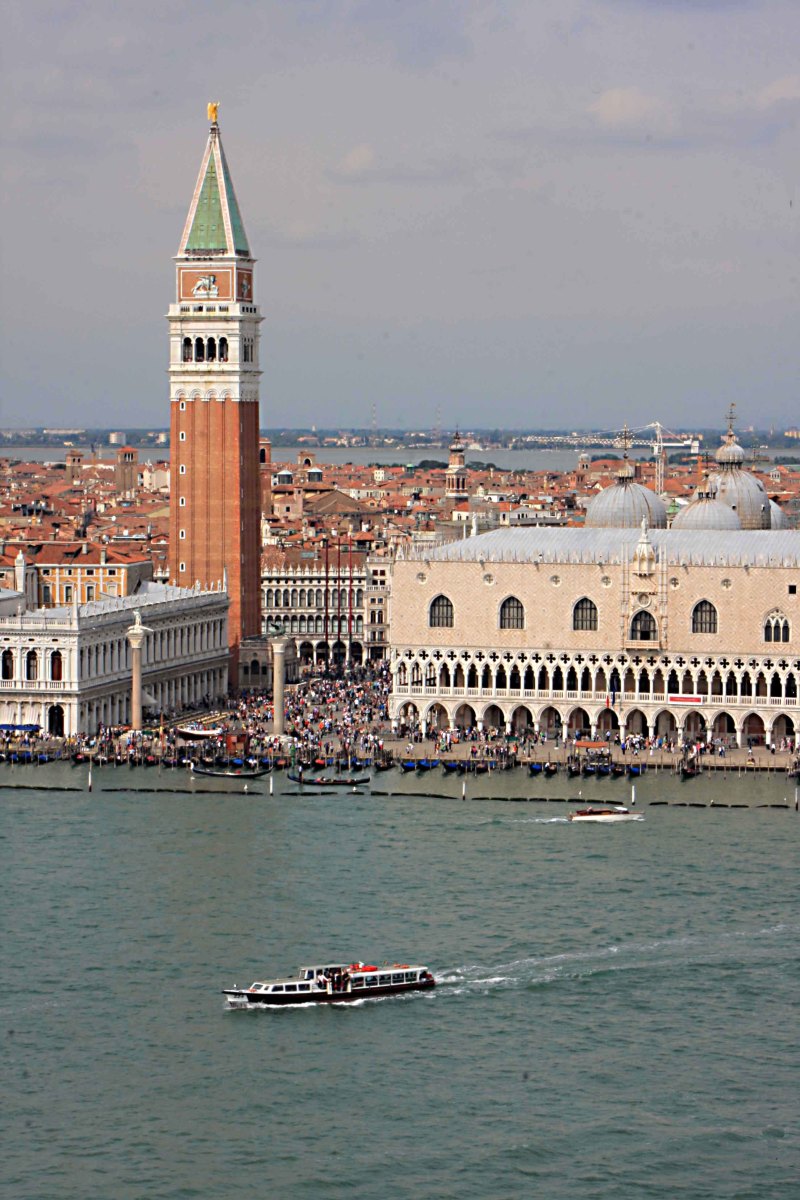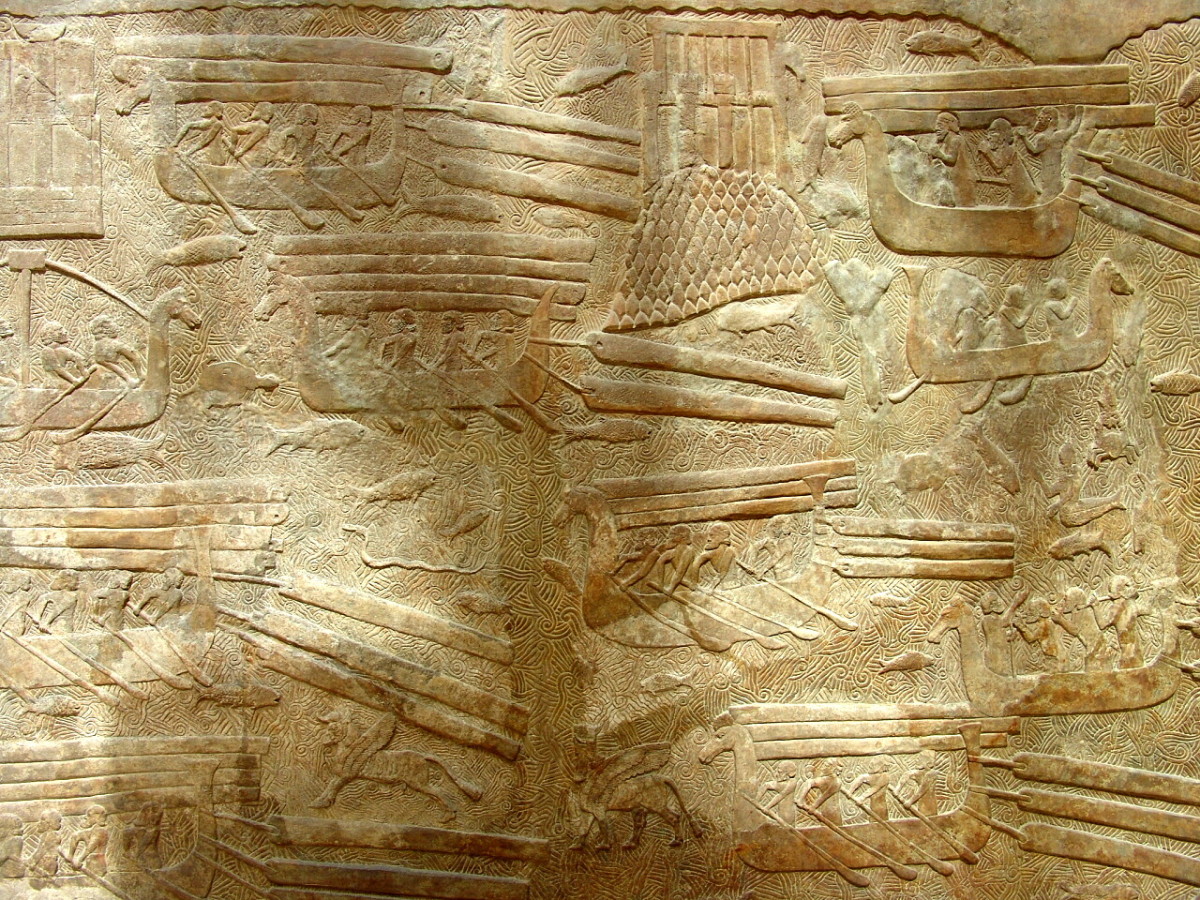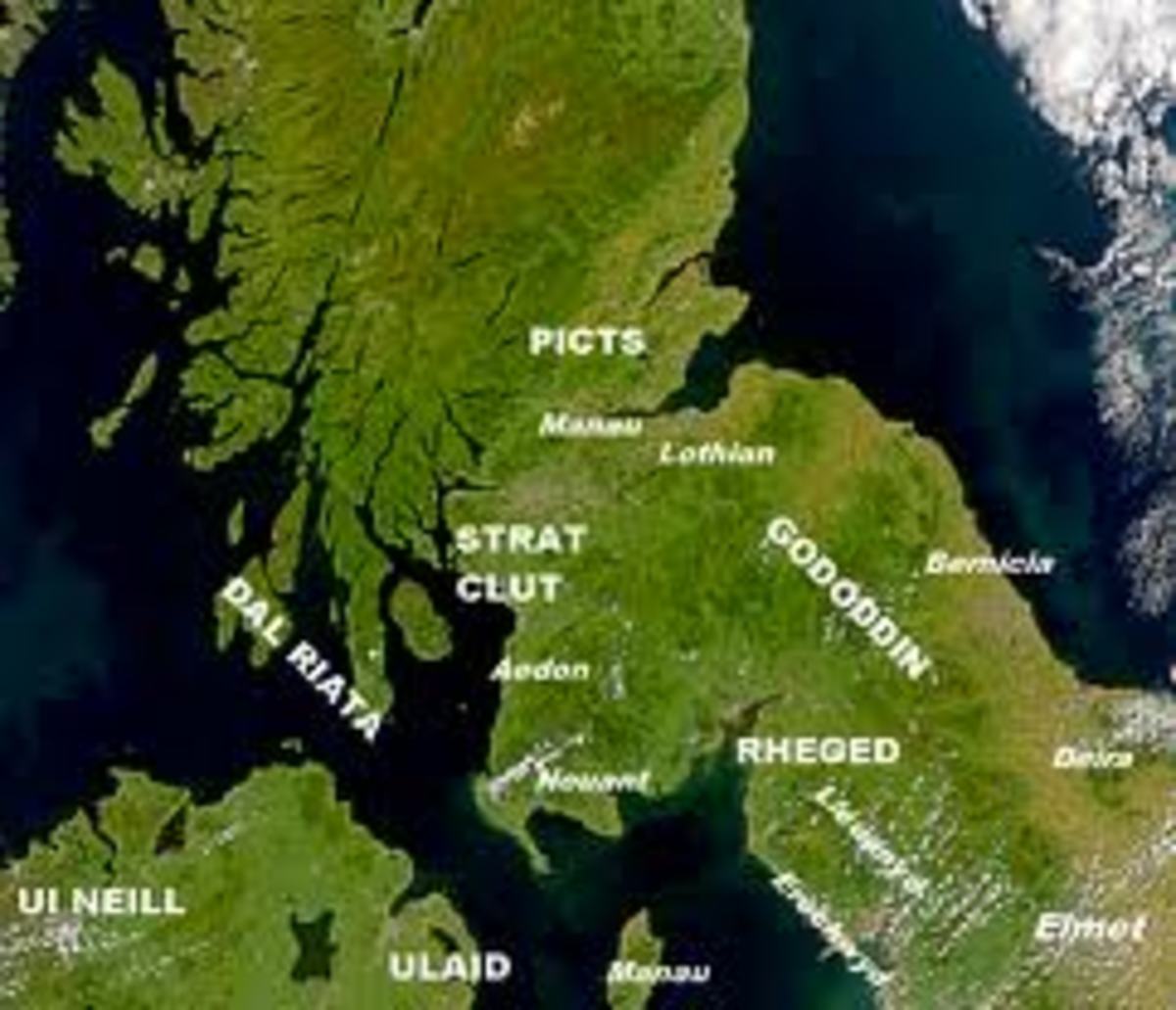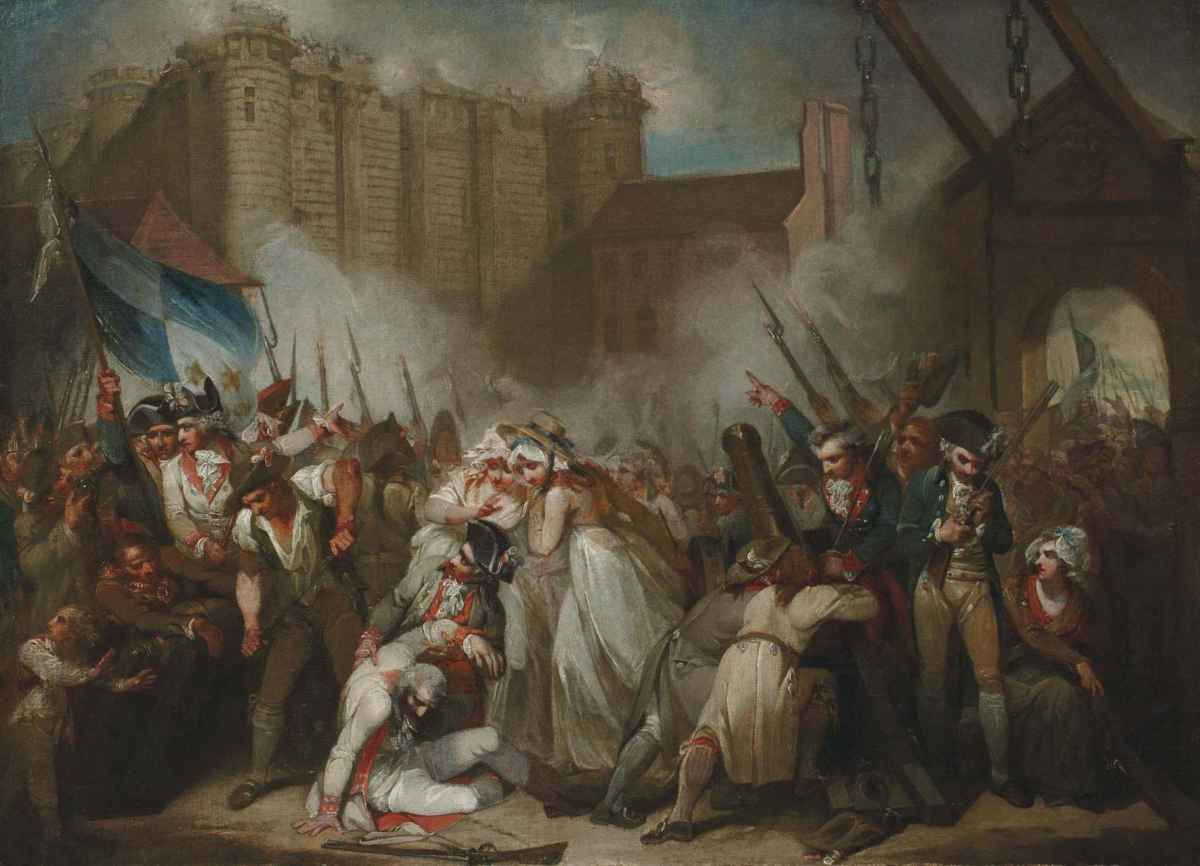Venice's economy and trade between its Golden Age and downfall in Europe
A thriving canal market
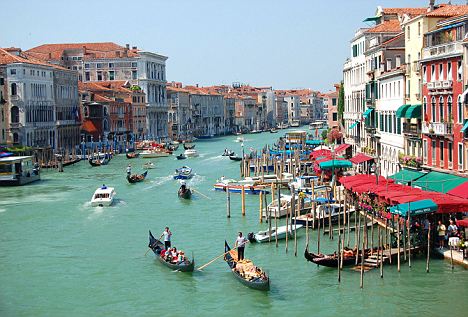
Venice's Golden Age – Economy
Situated in a lagoon, it is well known that Venice has never had natural resources of its own; in fact, it never really had anything of use with the exception of its protection and security from attackers as a result of its location. This meant all resources were required to be shipped into the city, which led it, after a time, to become experts in moving merchandise and handling ships. In essence, they had become experts in trading. When trade between Europe and the Orient was in its initial stages, Venice was there from the start proving their dominance. Marco Polo, a Venetian merchant, played a large role in opening trade routes to China, which resulted in the frequent arrival of exotic Eastern dishes such as rice and pasta into Venice – still Italian staples today. Due to its location directly in this Orient/Europe trade route, Venice became exceptionally wealthy and an influence of great importance in the Mediterranean sea.
Following the destruction of Comaccio that controlled the mouth of the Po River, the opportunity to expand trade to Pavia and Piacenza came to Venice and they seized it. Trading with Istria and Dalmatia, however, was more difficult as the ‘Narentani’ (pirates from the Dalmatian coast) resisted until 1000 when the doge of Venice at that time, Pietro II Orseolo, conquered the northern and central parts of the region.
In compensation for military aid against Arabs of Southern Italy, Emperor Basil II reduced taxes for ships by half. In addition, Venice also began to trade with Tunisia and Alexandria in Egypt, delivering wood, weapons metal and slaves (although trading humans had become less popular and had been banned on several occasions).
A breakthrough for Venice came in 1082, when Emperor Alexios I Komnenos allowed free trade and opened large parts of his Realm for trade for the first time. Venice was one of the most successful states of the North Italian city states with Florence in creating and maintaining a republic run by a capitalist merchant aristocracy. Thanks to its geographic position and preparedness to defend itself, it was able to guarantee its autonomy and freedom from monarchs and invasions of different empires and kingdoms.
It created governmental and jural associations which secured property rights and the enforceability of contracts. It was a innovator in processing international transactions and markets, finances and accountancy. It created what was in effect an authority bond market, beginning with mandatory loans on which interest was paid on a regular bases. Its financial system was prompt and pleasing to merchant earnings and the increase of capital.Through Venice's taking part in the Crusades, it ransacked many towns and cities and it's army bringing back the plunder. Thus making Venice and even wealthier.
Trading though made up most of the Venetian's republics economy. Venice reopened many old trade route to the whole of the Europe and the Eastern world. Even to the northern parts of Europe. It helped to bring in Chinese, Indian and Egyptian technology to the West. Such as sugar cane production, silk textiles, glass-work and jewelry. The Republic of Venice was very liberal with traders from other countries including Greeks and Armenians. Although part of the Roman Catholic church is enjoyed having special trading agreements with Byzantine.
Through constructing a trade empire, Venice created a political empire. In 1171, the city had a population of about 66 000 individuals, and was one of the three biggest in Western Europe. Venice experienced three sociological disasters. In 1347–48, almost 40 per cent of the population died when a galley brought the plague from the Black Sea port of Caffa. Two other attacks occurred in 1575–77 and 1630; each attack killing about a third of the people in the city.
The biggest project in Venice was the Arsenal, a unrestricted shipyard created in 1104. It was effective for centuries, and hired thousands of workers. Shortly after 1270, the compass, as a navigational instrument came into use in the Mediterranean Sea. This, together with better charts, made it possible to sail all year round. Previously vessels trading with Egypt had not traveled out between October and April. With the compass the same ship could make two return trips a year from Venice to Alexandria instead of one increasing the about of goods traded with not only with Egypt but also with other countries such as Greece and the Middle east.
The Venetian part in the spice trade was greatly decreased at the beginning of the sixteenth century because of limitations on trade with Syria and Egypt imposed by the new Ottoman regime, and rivalry from direct Portuguese shipments from Asia as a consequence of Vasco de Gama exploring a direct sea route to India and the rest of Asia, around Cape Horn – the southern point of Africa. In this era of new discoveries, Venice's influence on trade route and other countries decreased and it's overall power as a city state in Europe was immensely reduced.

